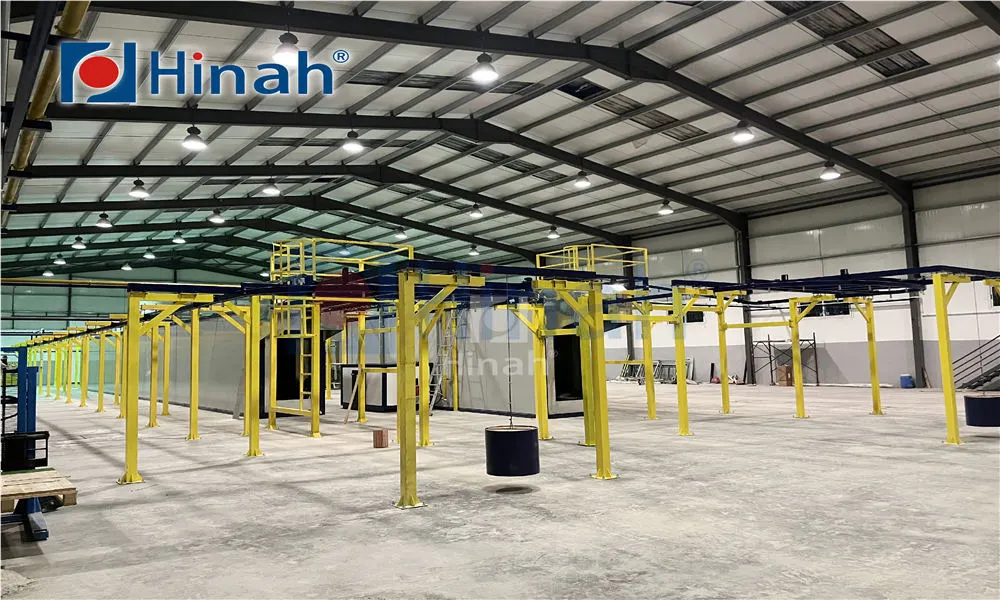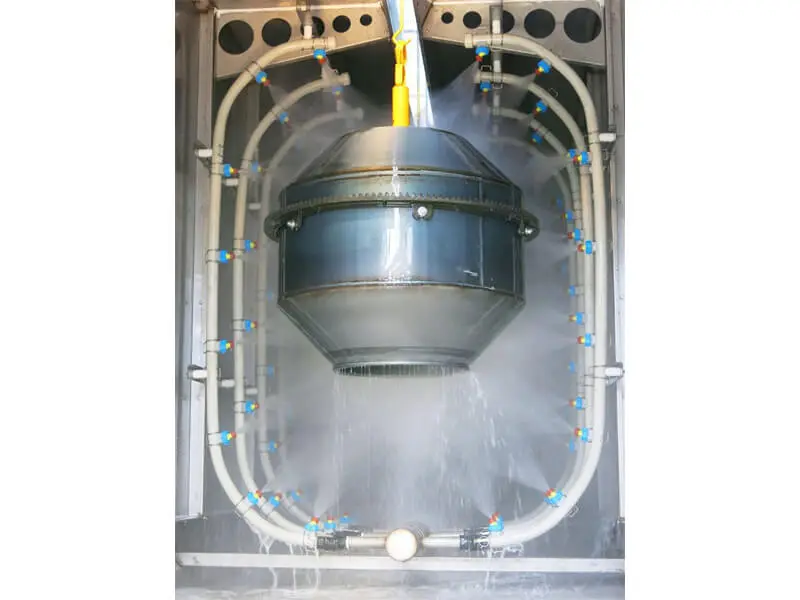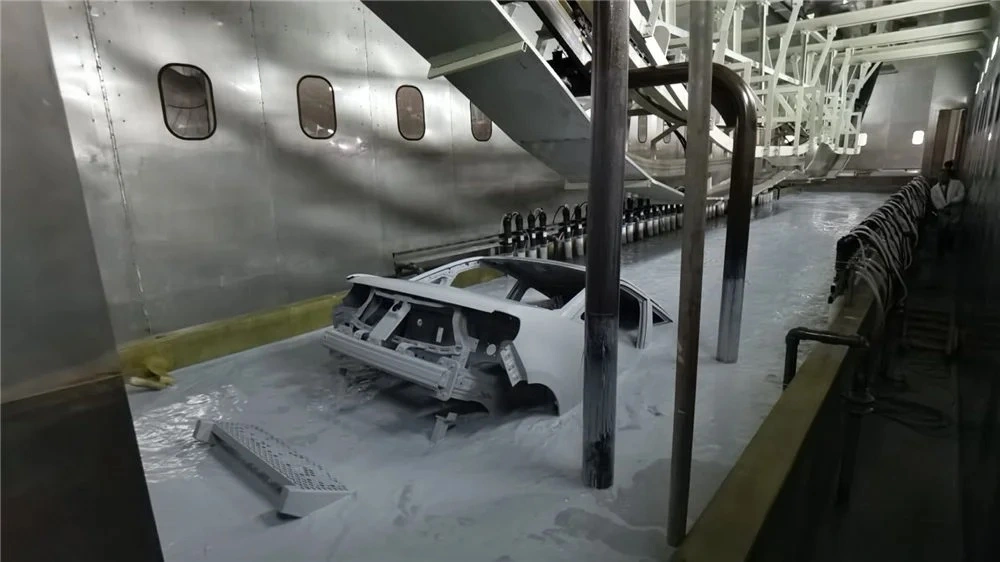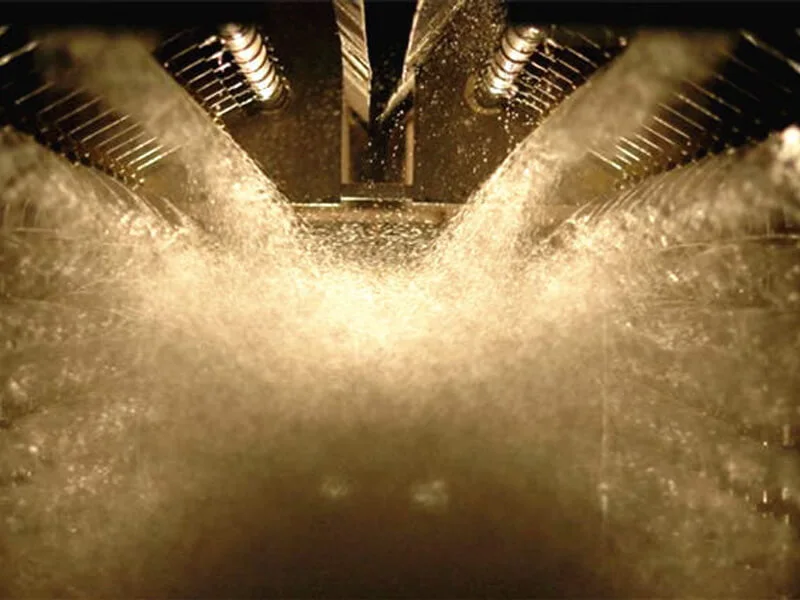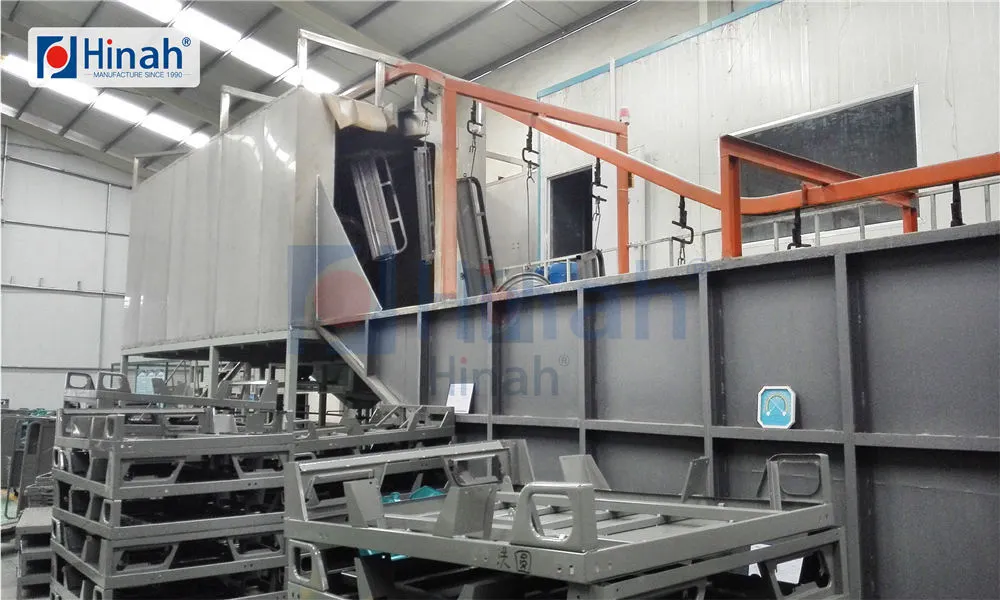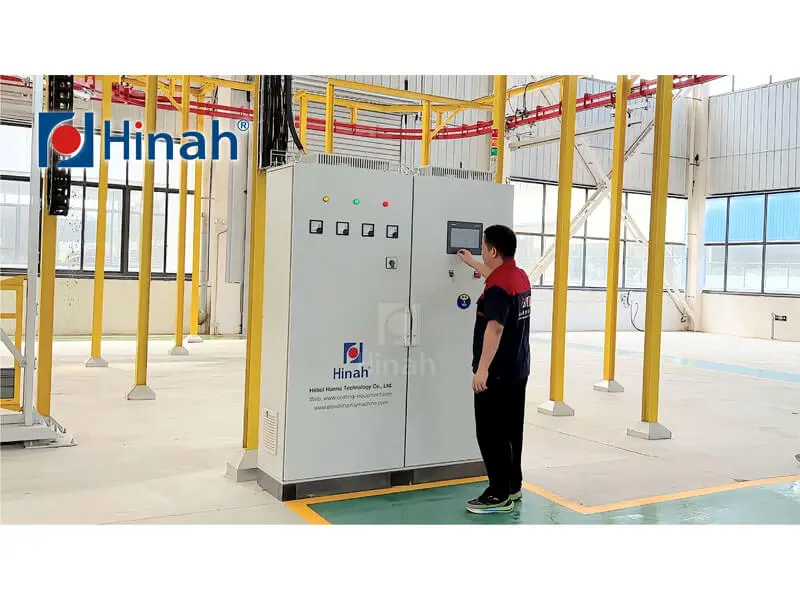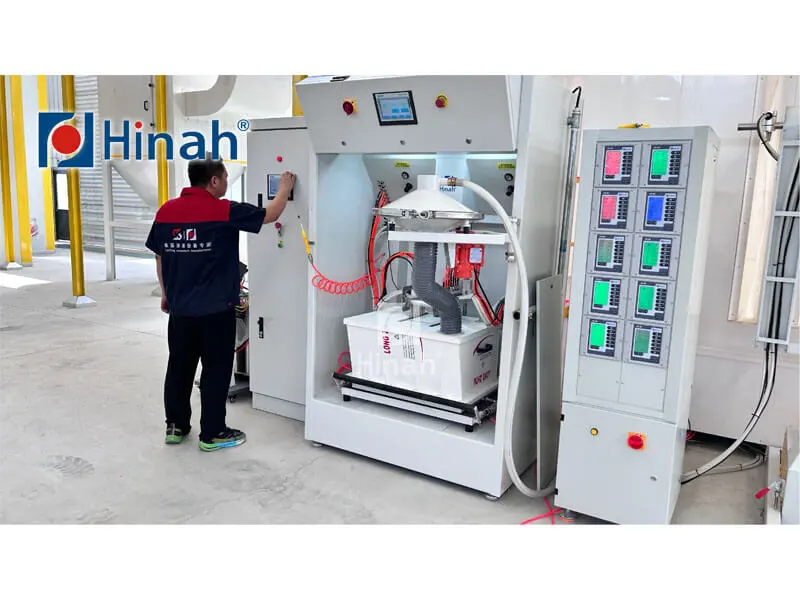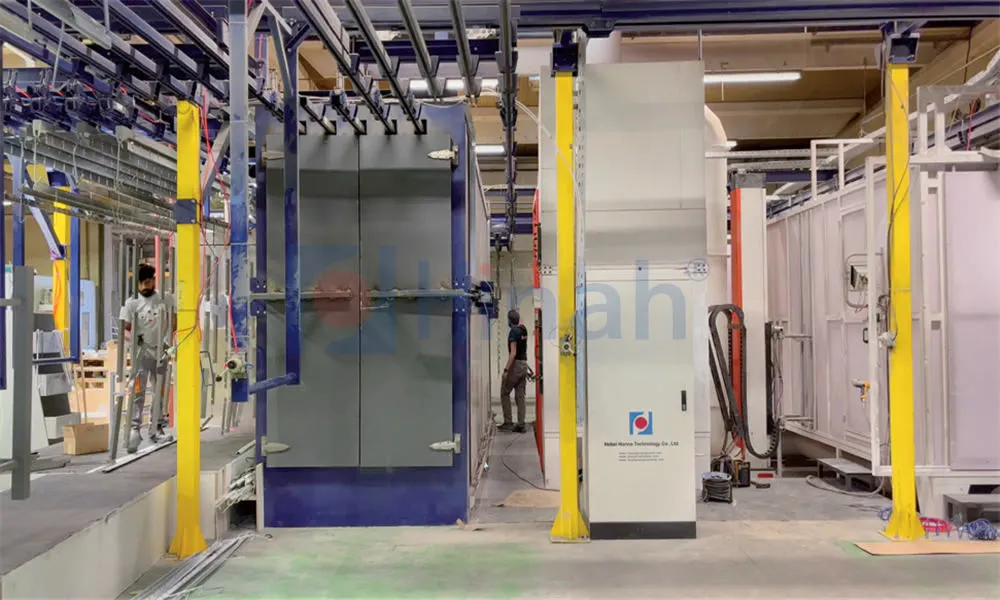In the realm of industrial finishing and manufacturing, achieving a flawless, durable, and high-quality coat on products is paramount. At the very heart of this process lies a critical piece of equipment: the Powder Booth. This enclosed, controlled environment is where the magic of electrostatic powder application happens. It's not merely a room; it's a sophisticated powder booth system designed to ensure efficiency, maximize material usage, maintain cleanliness, and protect worker safety. Whether you're considering a new Powder Coating Booth, maintaining an existing one through a powder booth restoration co, or upgrading to an advanced Powder Coating Booth with Recovery System, understanding its intricacies is key to operational success. This comprehensive guide delves into the different types of booths, the vital role of restoration services, how the entire system functions, and the common challenges operators face.
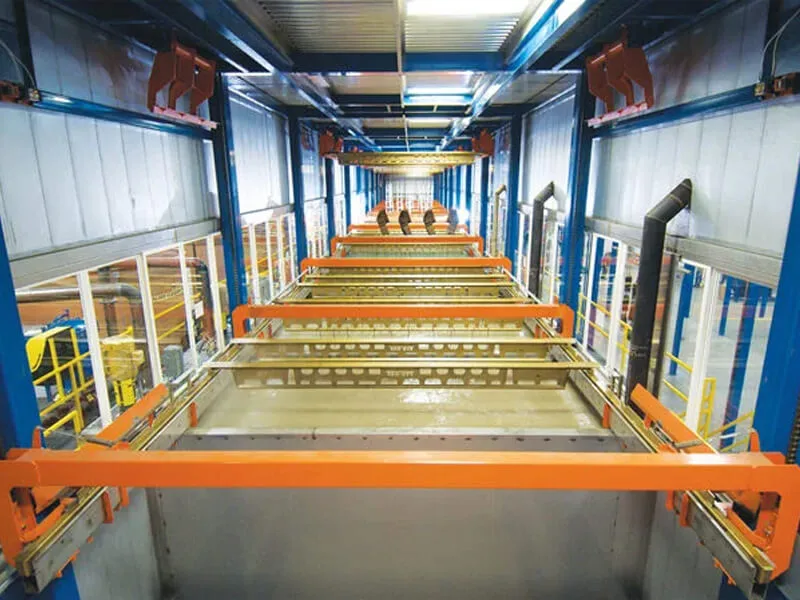
What is a Powder Coating Booth? The Core of the Process
A Powder Coating Booth is a specially designed enclosure that contains the powder spray application process. Its primary functions are to:
Contain Overspray: It captures powder that does not adhere to the part being coated.
Ensure Operator Safety: By providing a clean breathing environment through proper ventilation and airflow.
Maintain Cleanliness: Preventing powder from contaminating other areas of the facility.
Facilitate Powder Recovery: In many systems, it's integral to collecting and reusing oversprayed powder.
The basic design involves panels (often metal or fiberglass) forming the enclosure, a sealed floor grating system, powerful exhaust fans to create negative pressure, and filters to capture powder particles from the air stream. The effectiveness of your entire powder coating line heavily depends on the correct design and operation of your Powder Coating Booth.
Types of Powder Booths: Choosing the Right Fit
Not all powder booths are created equal. The choice depends on production volume, types of parts being coated, color change frequency, and budget. Here are the most common configurations:
Open Face Powder Booths
This is a simpler, often lower-cost option where the booth has one open side for the operator to spray from. Airflow is designed to pull powder away from the operator and through the filters at the back of the booth. They are suitable for low-volume shops or applications with very infrequent color changes, but powder recovery efficiency is generally lower.
Powder Coating Booth with Recovery System
This is the industry standard for most operations aiming for efficiency and cost-effectiveness. A Powder Coating Booth with Recovery System incorporates a method to collect the overspray powder, sieve it, and mix it with virgin powder for reuse. This can dramatically increase transfer efficiency, sometimes up to 99%, reducing material waste and cost. There are two main recovery types:
Cyclonic Recovery: Uses centrifugal force to separate powder particles from the air stream. It's highly efficient for single-color, high-production environments.
Cartridge Filter Recovery: Uses banks of pleated cartridge filters to capture powder. A reverse pulse of air automatically cleans these filters, dropping the powder into a collection hopper for recycling. This system is excellent for shops with frequent color changes.
Integrated Powder Booth
The concept of an Integrated Powder Booth takes efficiency a step further. This refers to a booth that is not a standalone unit but is seamlessly designed as part of a complete, automated coating line. It often includes integrated conveyor systems, automated spray guns, and sometimes even the oven in a single, continuous flow. This "smart" design minimizes handling, maximizes throughput, and ensures a consistent environment from application to curing. An Integrated Powder Booth solution is ideal for high-volume, automated manufacturing facilities.
The Powder Booth System: A Synergy of Components
Understanding a powder booth means recognizing it as a system, not just an enclosure. A fully functional powder booth system is a synergy of several key components:
Enclosure & Structure: The physical shell, designed to be robust, leak-proof, and often with features like LED lighting for optimal visibility.
Airflow & Ventilation System: The heart of the operation. Properly balanced negative pressure, created by exhaust fans, is crucial for containing powder and protecting the operator. The volume of air moved (measured in CFM - Cubic Feet per Minute) is a critical specification.
Powder Collection & Filtration: This is what handles the overspray. Whether using cartridge filters, cyclone separators, or a combination, this subsystem must be meticulously maintained.
Powder Recovery Mechanism: For booths with recovery, this includes the pumps, sieves, and hoppers that transport, clean, and prepare reclaimed powder for reuse.
Control System: The brain of the operation. Modern booths feature PLC-based control panels that manage fan speeds, filter cleaning cycles, and system diagnostics.
A failure in any one component can cripple the entire powder booth system, leading to downtime, wasted material, and poor finish quality.
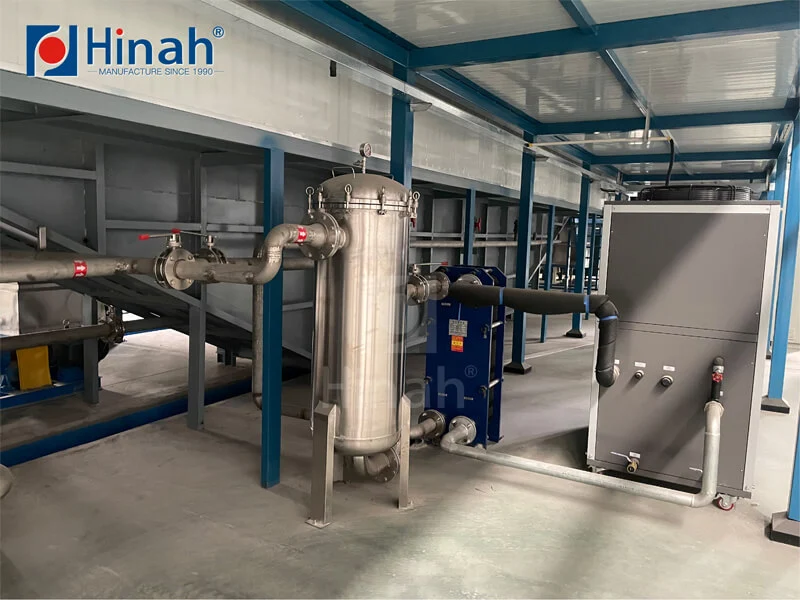
The Role of a Powder Booth Restoration Company
Over time, even the best Powder Coating Booth will suffer from wear and tear. Panels get damaged, filters clog, fans wear out, and airflow can become unbalanced. This is where a specialized powder booth restoration co becomes an invaluable partner. These companies specialize in:
Assessment and Diagnosis: They perform a thorough inspection to identify issues affecting performance.
Component Repair and Replacement: Replacing worn-out filters, repairing or replacing exhaust fans, fixing damaged panels and flooring, and updating control systems.
Airflow Rebalancing: A core service to restore the critical negative pressure and ensure powder containment.
System Upgrades: They can retrofit older booths with modern, more efficient recovery systems or higher-performance filters.
Safety Compliance: Ensuring the restored booth meets current OSHA and NFPA safety standards.
Engaging a professional powder booth restoration co is often a far more cost-effective option than purchasing a brand-new booth, extending the life of your equipment by decades while restoring it to like-new performance.
Common Powder Booth Problems and How to Solve Them
Even with a well-designed system, issues can arise. Here are some of the most frequent problems encountered with powder booths and their potential solutions:
1. Poor Powder Containment and Clouding
Problem: Powder billows out of the booth entrance, creating a messy work environment and a health hazard.
Causes: This is almost exclusively an airflow issue. The most common cause is insufficient negative pressure inside the booth. This can be due to clogged filters, a failing exhaust fan, an imbalance in the plant's air supply, or leaks in the booth structure.
Solution: Check and replace filters. Inspect the fan motor and blades for damage. Ensure make-up air is being supplied to the room. Have a powder booth restoration co perform an airflow test and rebalance the system. Seal any leaks in the booth panels.
2. Inefficient Powder Recovery
Problem: The recovery system is not collecting enough powder, or the reclaimed powder is contaminated and unusable.
Causes: Worn or damaged filters not cleaning properly. A malfunctioning sieve that isn't breaking up agglomerates. Leaks in the recovery hoses or hoppers. Using the wrong type of filter for the powder being sprayed.
Solution: Inspect the entire recovery path for leaks. Service or replace the sieve screen. Ensure the filter pulse cleaning system is timed correctly and functioning. Consult your equipment manual or a service technician to ensure you're using the correct filter media.
3. Frequent Filter Plugging
Problem: Filters require constant changing or cleaning, leading to excessive downtime and maintenance costs.
Causes: Spraying too much powder, incorrect air pressure at the gun, or using a powder that is overly hygroscopic (absorbs moisture) which causes it to clump.
Solution: Train operators on proper application techniques to minimize overspray. Check and adjust gun settings. Ensure powder is stored in a dry, climate-controlled environment. Consider upgrading to a higher-quality or more appropriate filter system.
4. Contamination in the Final Finish
Problem: The cured finish has dirt, debris, or "fish eyes" (craters).
Causes: The booth itself can be the source of contamination. Old, powder-coated dust on walls and ceilings can flake off. Dirty reclaimed powder is being used. A poor filtration system is allowing environmental contaminants into the airflow.
Solution: Implement a rigorous and regular booth cleaning schedule. Ensure the recovery system's sieve is effectively removing contaminants before powder is reused. Check the intake air filters for the booth's ventilation system.
5. Inconsistent Application
Problem: Uneven coating thickness or poor wrap on complex parts.
Causes: While often related to gun technique or setup, booth airflow can be a factor. Turbulent or incorrect airflow inside the booth can disrupt the electrostatic field and blow powder away from the part.
Solution: Verify that booth airflow is smooth, laminar, and balanced. Consult with a booth manufacturer or service technician to ensure the booth's design is suitable for the parts you are coating.
A Powder Coating Booth is far more than a simple spray room; it is a precision-engineered powder booth system that is vital for quality, efficiency, and safety. From a basic open-face unit to a sophisticated Integrated Powder Booth with a high-efficiency Recovery System, choosing the right type and maintaining it properly is non-negotiable. Partnering with a reputable powder booth restoration co can breathe new life into old equipment, ensuring it continues to perform reliably. By understanding the common problems that can plague these systems and implementing proactive maintenance and solutions, you can minimize downtime, reduce material costs, and ensure every product that leaves your line has a perfect, durable finish. Investing in your powder booth is an investment in the quality of your final product.


